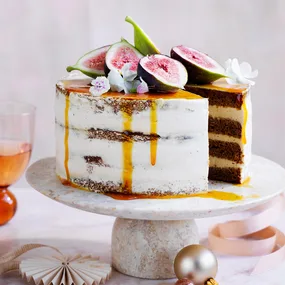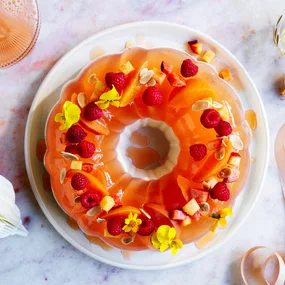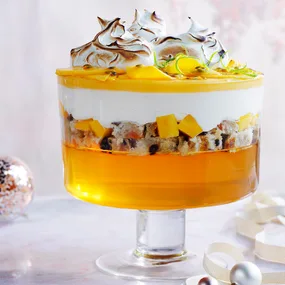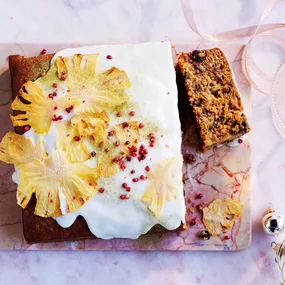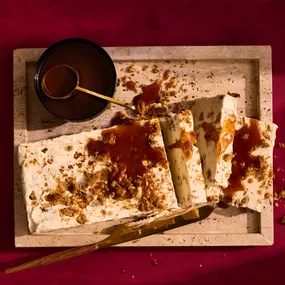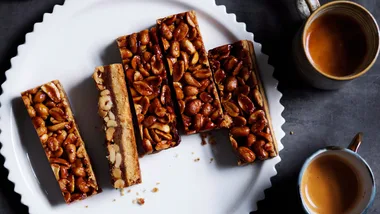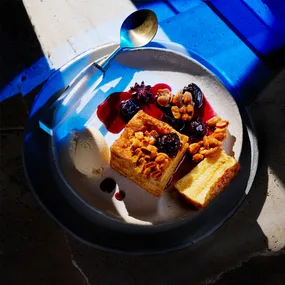Pavlova’s provenance has long been debated. New Zealand and Australia claim credit for the invention of this light-as-air confection. Some (Kiwis) would say us Aussies have unfairly claimed it as our own. But who could blame us? One taste and it’s hard not to be hooked.
Reading the list of ingredients for making a pavlova fails to convey the magical transformation that occurs when the simplest of ingredients – eggwhites and sugar – are whipped into snowy, shiny peaks. I’d recommend using a good electric mixer with a whisk attachment or a balloon whisk (I have painful childhood memories of what seemed like hours beating eggwhites with a handheld rotary beater). Adding a dash of vinegar and a little cornflour to this basic meringue recipe gives the dessert its delightfully soft and marshmallowy centre. If you’re lucky, you’ll be served the traditional version topped with fresh cream, passionfruit pulp and slices of banana. As far I’m concerned, you can hold the kiwifruit on this one.
The joy of the pavlova is that it can serve as the vehicle for many types of fruits and flavours, although there’s something to be said for restraint when it comes to fruit toppings. Toss too much on top of the meringue and the effect will be less than elegant. Keeping it to just one or two fruits is far more effective. Think passionfruit and mango, as we have here, and flavour the cream with a hint of lime. A tumble of berries would work well, too, or wedges of the ripest stone fruit. Keep in mind that the dessert was named after the graceful Russian ballerina Anna Pavlova, who visited both Australia and New Zealand in 1926 (the built-up sides of the pavlova are said to resemble a tutu), and it’s clear the secret to this dessert lies in a lightness of touch.
Ingredients
Method
Main
Note It’s best to use older eggwhites when making pavlova or other meringues. You can even use eggwhites which have been frozen, so if you’re making ice-cream, custard or curds, reserve the eggwhites and freeze them for later use. Just make sure they’re completely defrosted and brought to room temperature before using.
Notes

